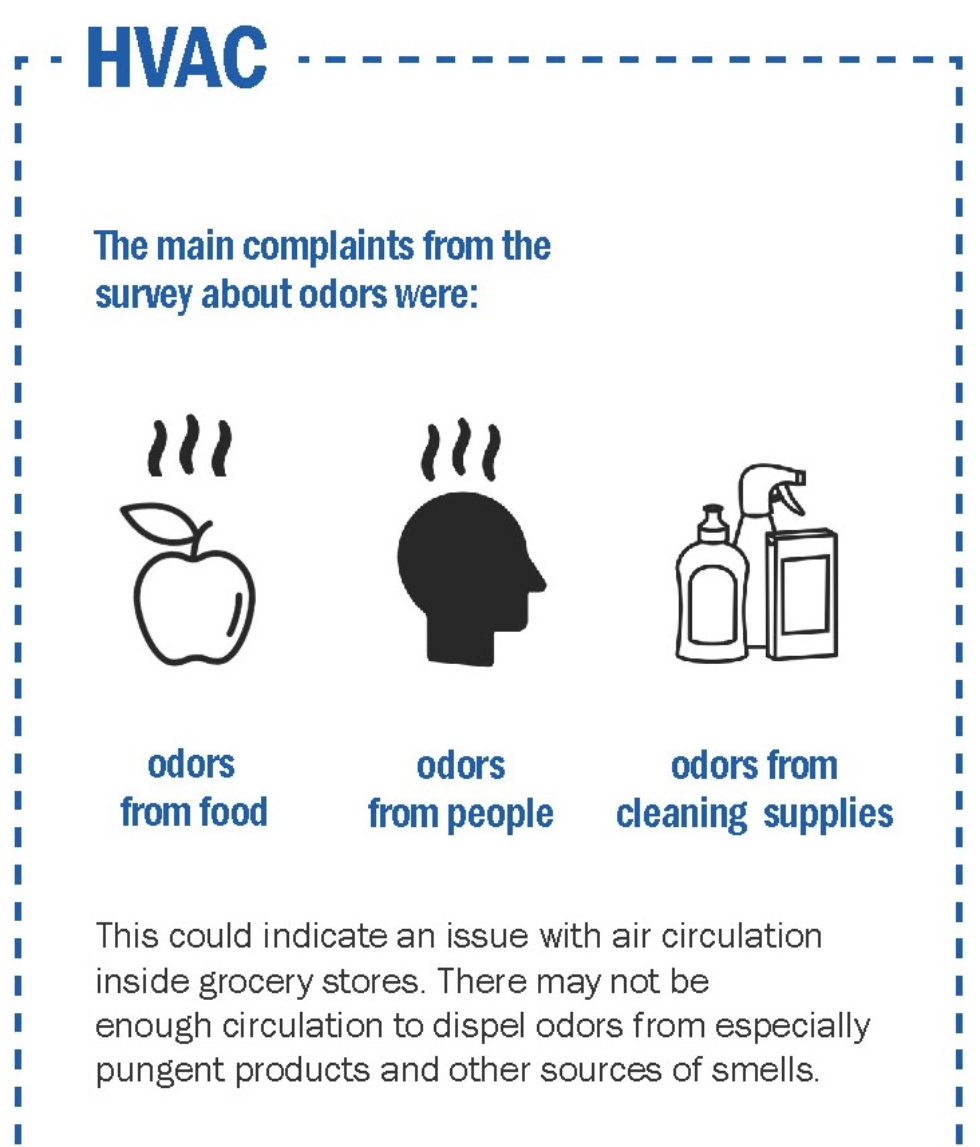Reflect for a moment on your routine trips to the grocery store. Do you smell the onions among the produce? Are you shivering in the freezer section? Can you feel the anxiety of those long lines at the register? For neuro-typical individuals, these are mild stressors but an essential part of our weekly routines. Now imagine that onion with ten times the odor, the freezer section like icicles stabbing your arms, and anxiety levels from long lines that become too overwhelming to finish checking out.

Bright lights and dark shadows, food smells, and crowded aisles are all land mines for people with intellectual and developmental disabilities. Photograph copyright Jake Leonard via UnSplash
This is how some people with Intellectual Developmental Disabilities (IDD) experience grocery stores. Margaret Walsh, a clinical director at the May Institute, a non-profit and leader in applied behavioral analysis that serves individuals with IDD, recommends coping mechanisms tailored to each individual: Headphones to block out noise, a crossword to reduce anxiety while waiting, and other helpful tools. But what if the responsibility shifted from the individual to the environment? What if we, as designers, looked at molding the grocery store to serve all individuals, instead of forcing some to deal with its stressors as is? Our 2020 Perkins Eastman Health and Wellness Fellow, Julia Wilson, is asking these questions.








